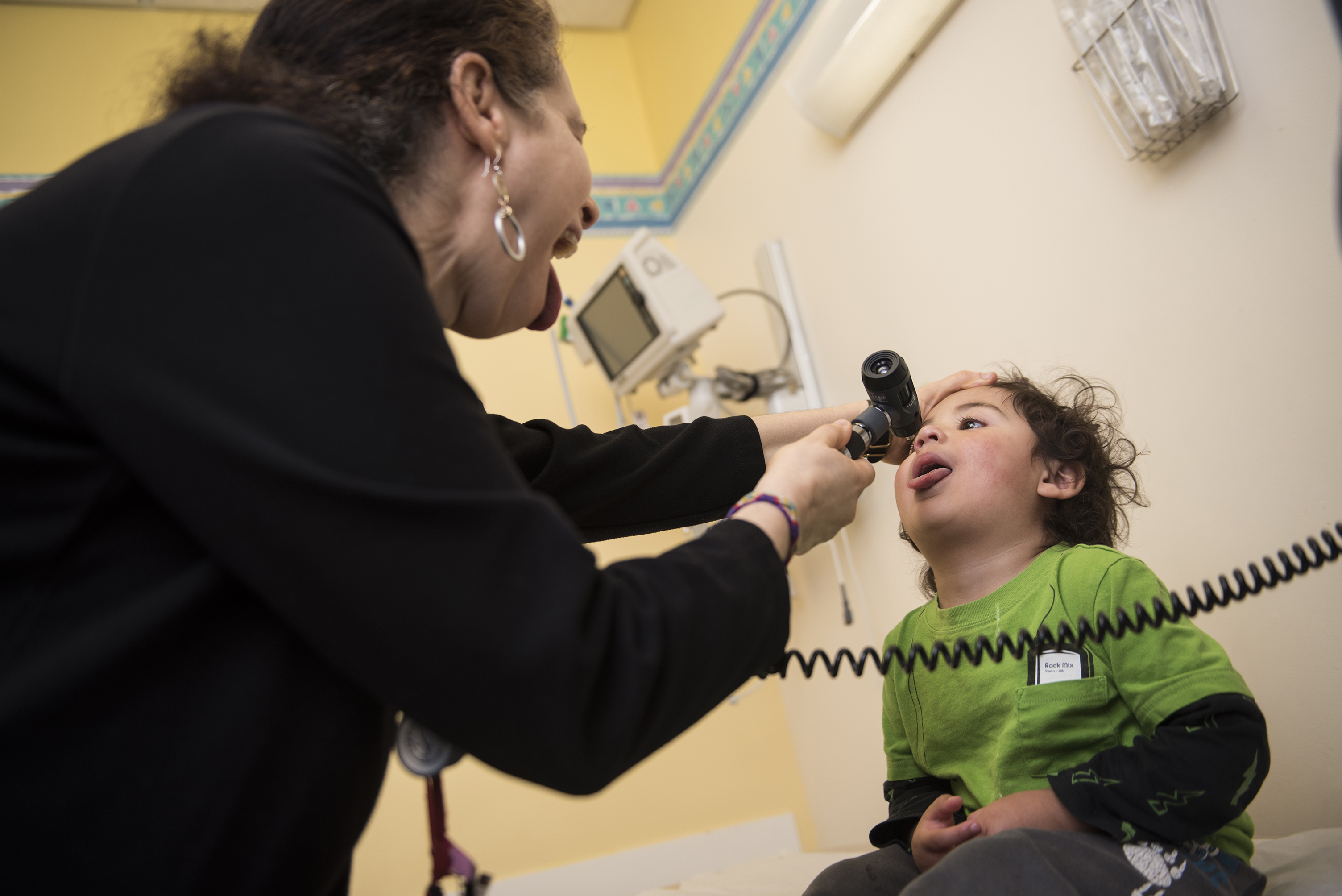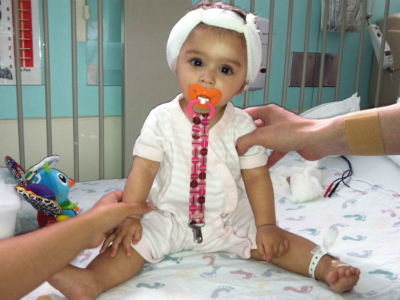Our Providers
Our pediatric specialists provide personalized care for your child’s physical, mental and emotional health needs.
Contact Information
For appointments, please call 1-888-884-BEAR (2327) and for information, call 202-476-5600.


The Hearing and Speech Center at Children’s National Hospital has a variety of programs and services to help care for and treat your child’s needs. Your child will have access to the latest advances in hearing and speech, with treatments based on our cutting-edge research and our commitment to providing age-appropriate, personalized care for your child.
Children’s National Hospital speech-language pathologists are trained to evaluate speech and language from birth to young adulthood. We use both standardized and informal measures to assess overall performance and skills. We utilize different techniques, depending upon your child's developmental/chronological age.
Our evaluations may include:
- Case history
- Parent interview
- Patient interview
- Hearing screening
- Oral motor examination
- Behavioral observation
- Clinical observation
- Trials of speech generating devices
- Norm referenced testing
Speech Treatment and Management
Speech Disorders
Motor Speech Disorders
Phonological Disorders
Speech Articulation Disorders
Stuttering
Voice Disorders
Language Treatment and Management
A language delay is a type of communication disorder. Your child may have a language delay if they don’t meet the language developmental milestones for their age. They may have trouble expressing themselves, interacting with peers/adults or understanding others.
Language Delay Basics
Types
Symptoms
Risk Factors
Treatment
Outlook
Hearing and Speech Disorders Q&A
Tommie Robinson, Ph.D., CCC-SLP, the division chief of the Division of Hearing and Speech, answers questions about common hearing and speech disorders in children.








